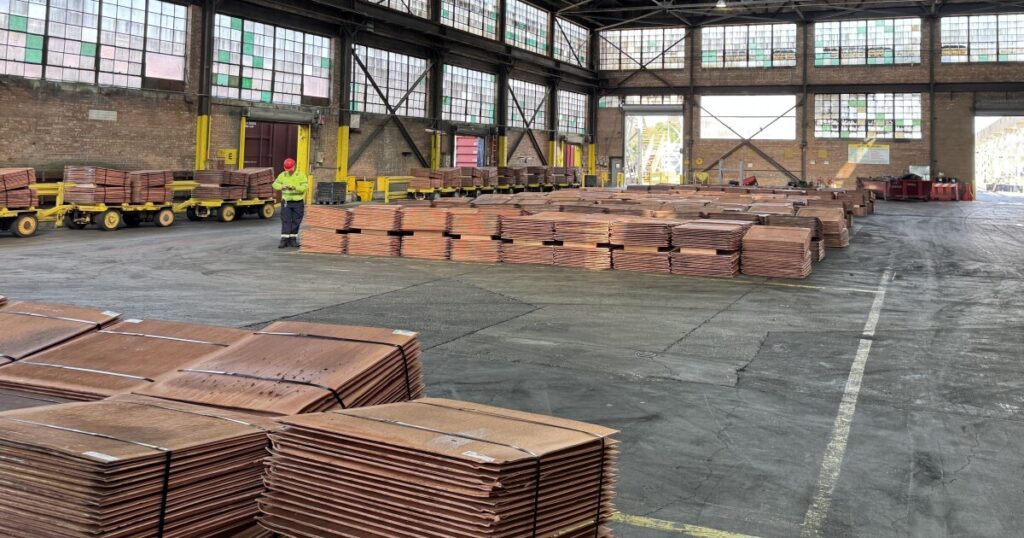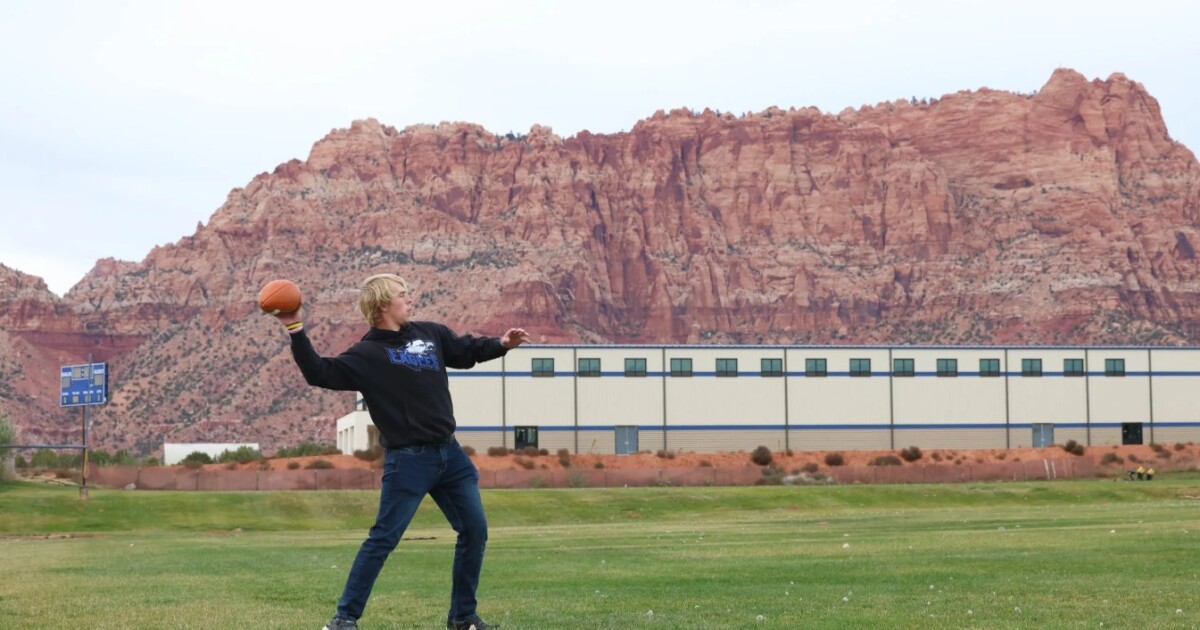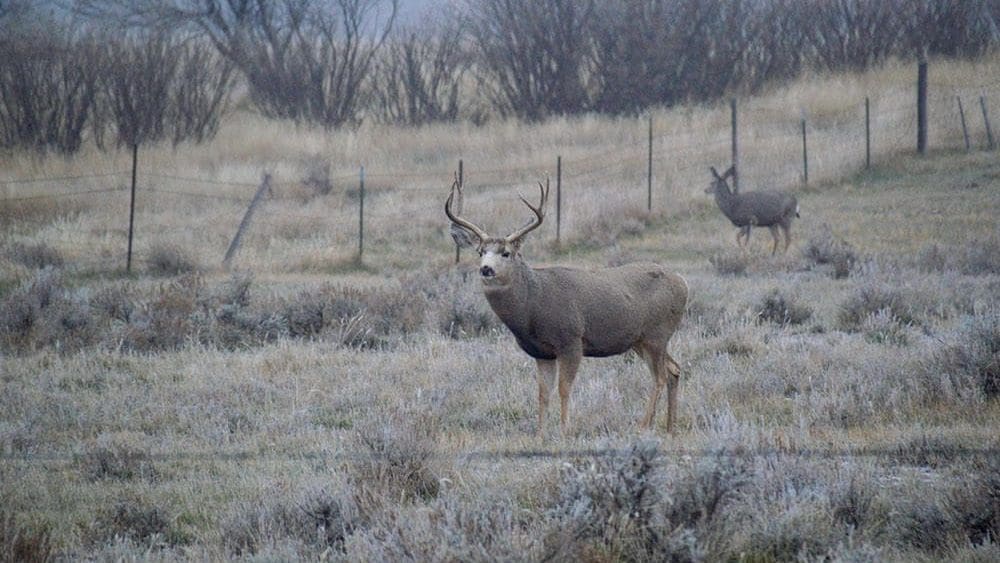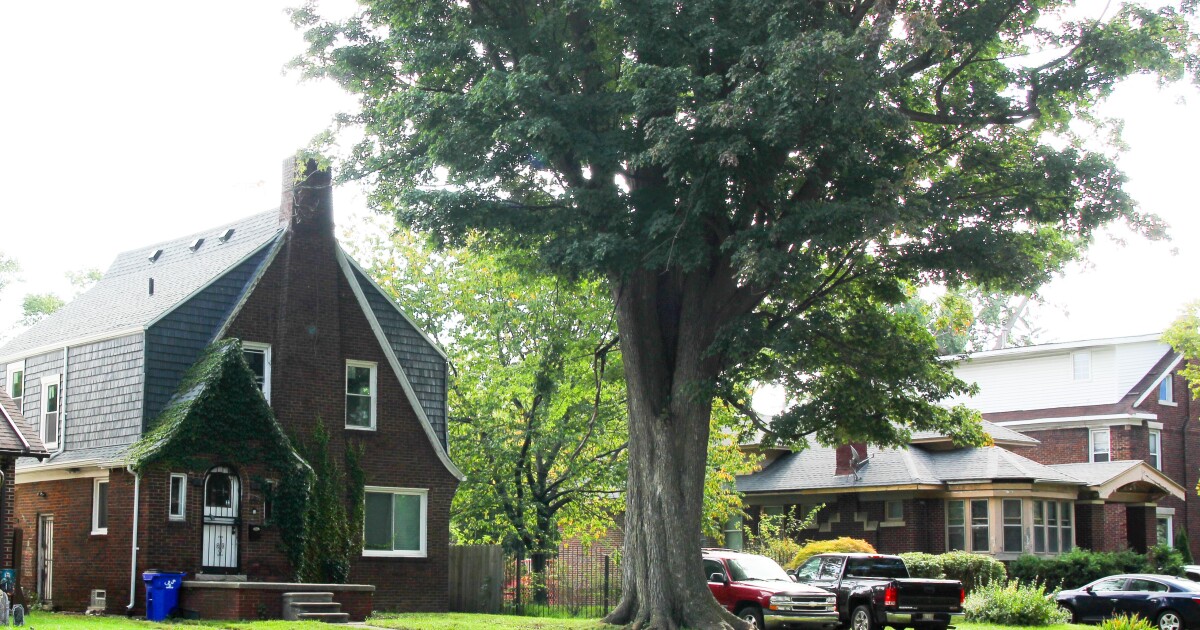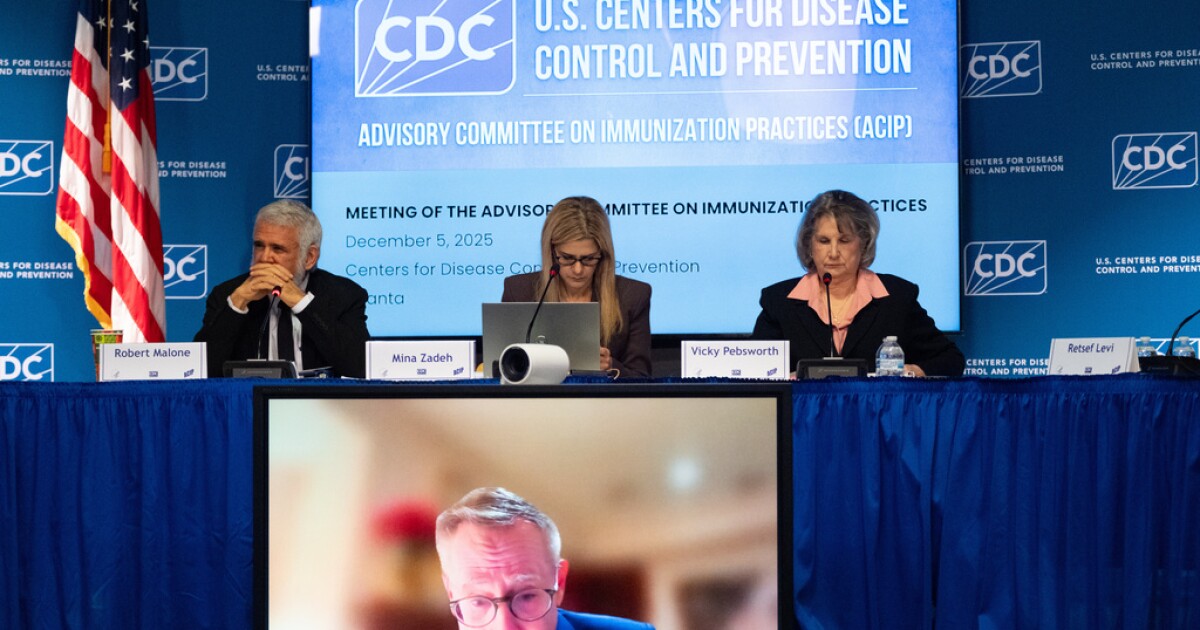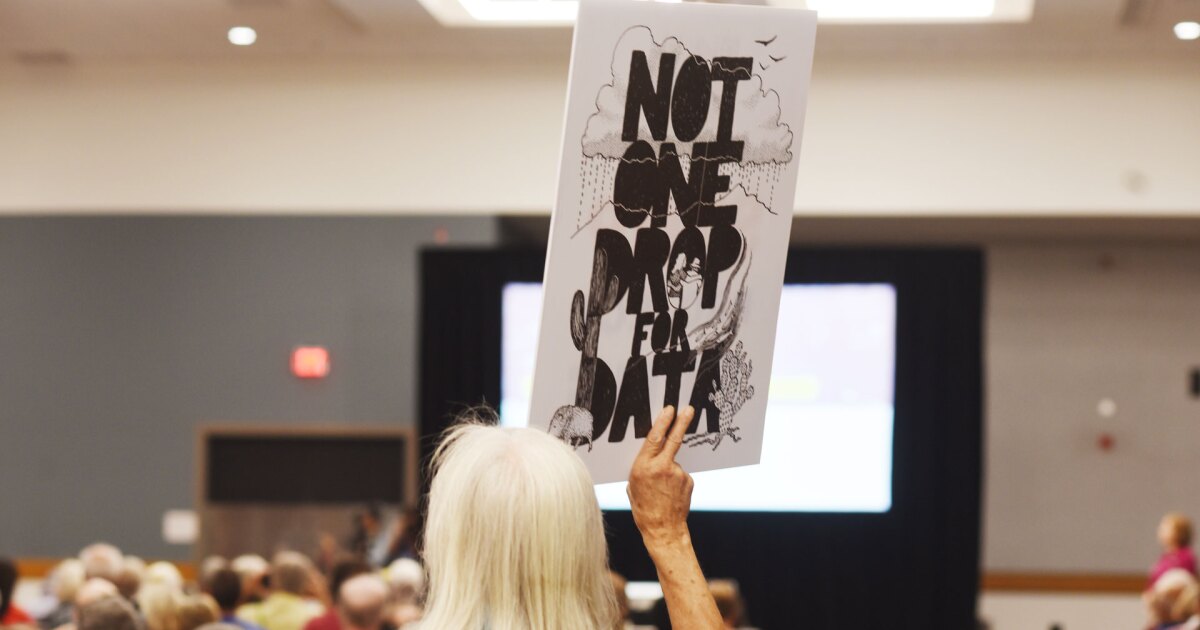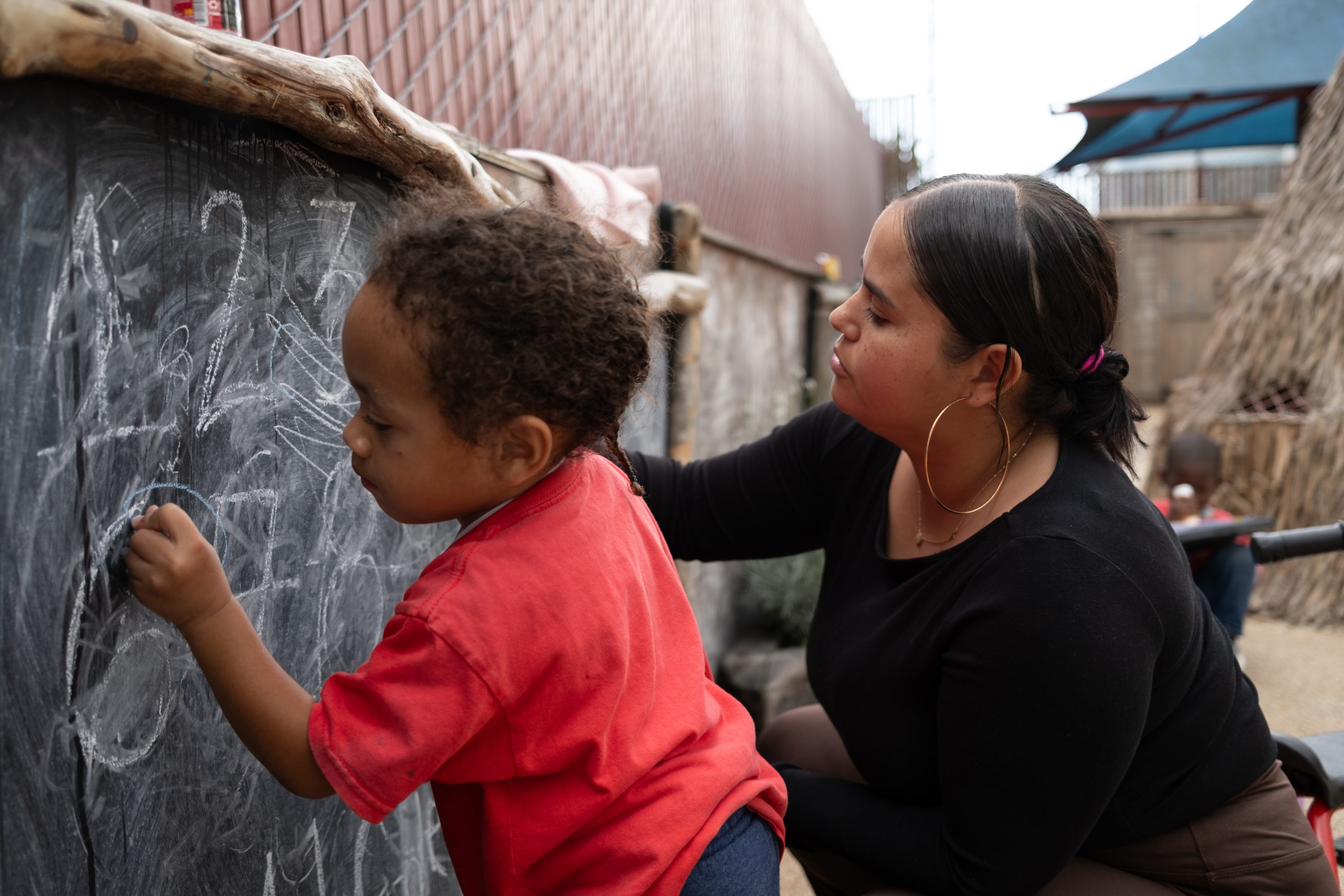Catena Foundation supports coverage of tribal natural resources.
For over 20 years, Resolution Copper has promoted its proposed mining project located 60 miles east of Phoenix as a potential economic boon for Arizona. Despite no copper having been extracted yet, the project promises substantial benefits: it is expected to satisfy 25% of the U.S. copper demand, create 3,700 jobs, and generate $300 million in tax revenue.
The company is still navigating legal and permitting challenges to access the vast copper deposit under the Apache holy site of Oak Flat, which is estimated at over 3 trillion pounds.
With copper valued at roughly $200 billion, the project is envisioned to support diverse sectors from renewable energy to national security by providing materials for products like pipes, wiring, and electric vehicles. However, once mined, the copper will leave Arizona. Despite the project’s uncertain future, the investing companies, BHP and Rio Tinto, remain optimistic about its profitability.
To date, they have invested over $2 billion into the proposed site. Although they aim to smelt the copper in the U.S., evidence suggests it might be processed overseas.
‘The intent, the desire, the ability for us to do that is 100% there’
Resolution Copper plans to process the copper concentrate from its Arizona site at the Garfield Smelter in Utah, but domestic smelting options are limited. Freeport-McMoRan, the owner of the only other U.S. smelter, also sends some of its copper to Utah.
Resolution Copper’s general manager, Nate Foster, emphasized the company’s commitment to domestic processing, but acknowledged the need for clearer timelines and certainty before finalizing plans.
The mining project, backed by Rio Tinto, also involves extracting other valuable minerals like silver and gold, and even producing sulfuric acid for agricultural use.
Foster highlighted the evolving nature of the mining industry, stating: “When you start talking about data centers and AI dominance, copper is just core to all of that, right?” He added that the company sees itself as both a technology and processing firm.

Kennecott, employing around 5,000 workers, has focused on sustainability, closing its last coal plant in 2019 and planning solar farms to cut emissions.
Foster explained the company’s long-term vision: “I think the right approach is to say, ‘Alright, how are we going to continue to be thoughtfully and sustainably trying to extract an ore body the best that we can?’”
Mining at the Bingham Canyon Mine is expected to continue until at least 2040. The mine is recognized as a National Historic Landmark and remains the world’s largest open-pit mine.

Haul truck operator Chris Burson described his work at the Bingham Canyon Mine, acknowledging the challenging conditions of transporting ore along muddy roads.
The mined ore undergoes a complex process involving crushing and chemical separation to produce copper concentrate, which is then smelted into nearly pure copper cathodes.
Rio Tinto Kennecott’s smelter advisor Bob Gardner expressed interest in working on the Resolution Copper project, highlighting the strategic importance of the operation for the U.S.
‘That sustains Utah and Salt Lake Valley for another 120 years or more’
Gardner emphasized the smelter’s capacity to refine copper concentrate from different sources, including Freeport-McMoRan. The smelter’s towering smokestack is a notable feature of the Utah landscape.
Brian Bergstrom, a third-generation Kennecott employee, likened his role to farming copper, overseeing the electrolysis process that refines copper into high-purity cathodes.
Despite its economic contributions, the project faces opposition over concerns about environmental impact and cultural heritage. Oak Flat is a sacred site for the Apache Tribe, and the potential destruction of this site has sparked significant controversy.
‘Why are we giving the copper to the People’s Republic of China?’
Apache leaders and other critics have raised concerns about the project’s impact on Indigenous lands and the possibility of copper being exported to countries like China. Resolution Copper has defended its plans, emphasizing the local economic benefits.
Resolution Copper’s tagline underscores its commitment to the U.S., but skepticism remains about the project’s alignment with national interests.
Legal battles over land ownership and environmental assessments continue as stakeholders debate the future of the mine.
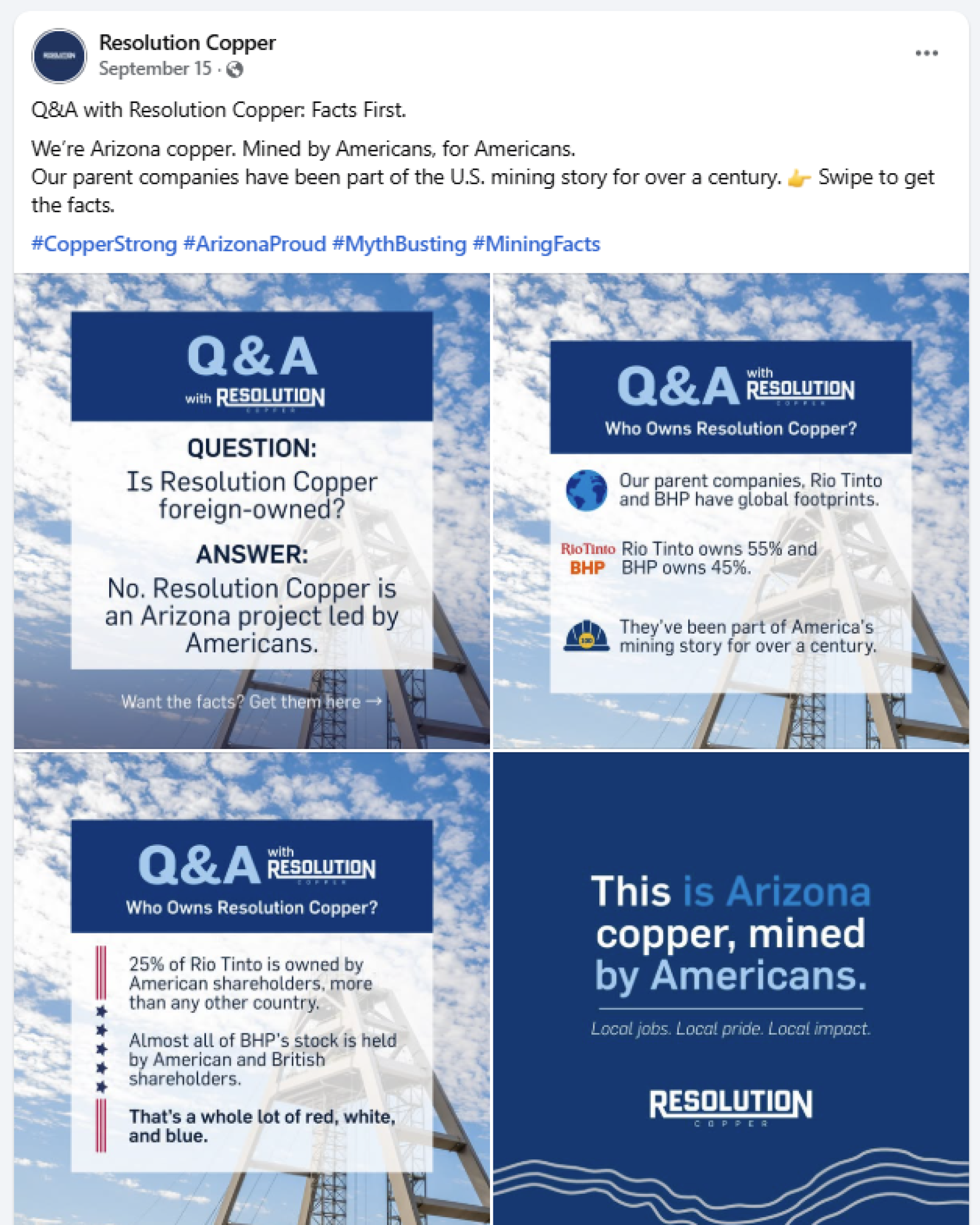
The project reflects broader discussions about critical mineral supply chains, national security, and economic independence.
—
Read More Arizona News

